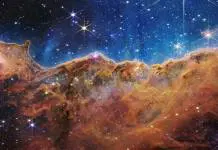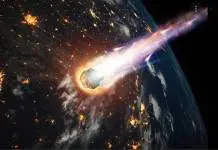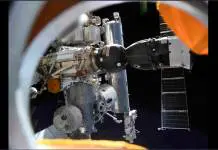
Chinese scientists from the Chinese Academy of Science’s Institute of Neuroscience created two macaques named Zhong Zhong and Hua Hua, using Somatic Cell Nuclear Transfer (SCNT), the same method used to create Dolly the sheep. This could mark a new input on the way scientists study diseases and be pivotal for the study of human biology.
“This paper really marks the beginning of a new era for biomedical research,” Xiong Zhi-Qi told Nature. These aren’t the first monkeys to be cloned, in fact, the first macaque cloned by embryo splitting, the division of an early-stage embryo into two or four different cells in order to generate the clon. Whilst Zhong Zhong and Hua Hua’s process were made by switching an egg cell nucleus with DNA from a differentiated body cell.
Many researchers agree that this result could potentially bring scientists closer to achieving human-cloning. However, Robin Lovell-Badge of the Francis Crick Institute in London was not too shy in voicing her opinion regarding those speculations: “the work in this paper is not a stepping stone to establishing methods for obtaining live-born human clones,” she told reporters. “This clearly remains a very foolish thing to attempt, it would be far too inefficient, far too unsafe, and it is also pointless.”
China's successful cloning of monkeys "significant advance" for disease research: U.S. scholar https://t.co/09TVUZKrVY pic.twitter.com/mPmfa7qAYI
— China Xinhua News (@XHNews) January 26, 2018
Nuclear transfer still has some limitations
Somatic Cell Nuclear Transfer can be inefficient as 79 embryos were placed into 79 monkeys, with the result of only two births. This can be for the stress surrounding both the eggshell and the nucleus which can result in a very low percentage of successfully reprogrammed cells. “The SCNT procedure is rather delicate,” study coauthor Mu-Ming Poo, director of ION, says in a statement. “The faster you do it, the less damage to the egg you have. . . . It is likely that the optimization of transfer procedure greatly helped us to achieve this success.”
When this process was used on Dolly the sheep, it took 277 eggs and 29 viable embryos (which only one survived into adulthood) for her to be born, and it wasn’t a perfected copy as the donor’s cell mitochondria that includes their own DNA, are left behind.
Meet Hua Hua and Zhong Zhong, baby monkeys from China that are are the world-first cloned primates. #AFP video pic.twitter.com/tqJmq7CfhZ
— AFP news agency (@AFP) January 25, 2018
Zhong Zhong and Hua Hua
The names given to this cloned monkeys, Zhong Zhong and Hua Hua, also have a meaning in Chinese, if one syllable of each name is separated and put together into one, you get the Mandarin word Zhonghua, which is an ancient name for China, as it serves as a tribute to the nation that brought life to these cloned monkeys.
Source: The Scientist











